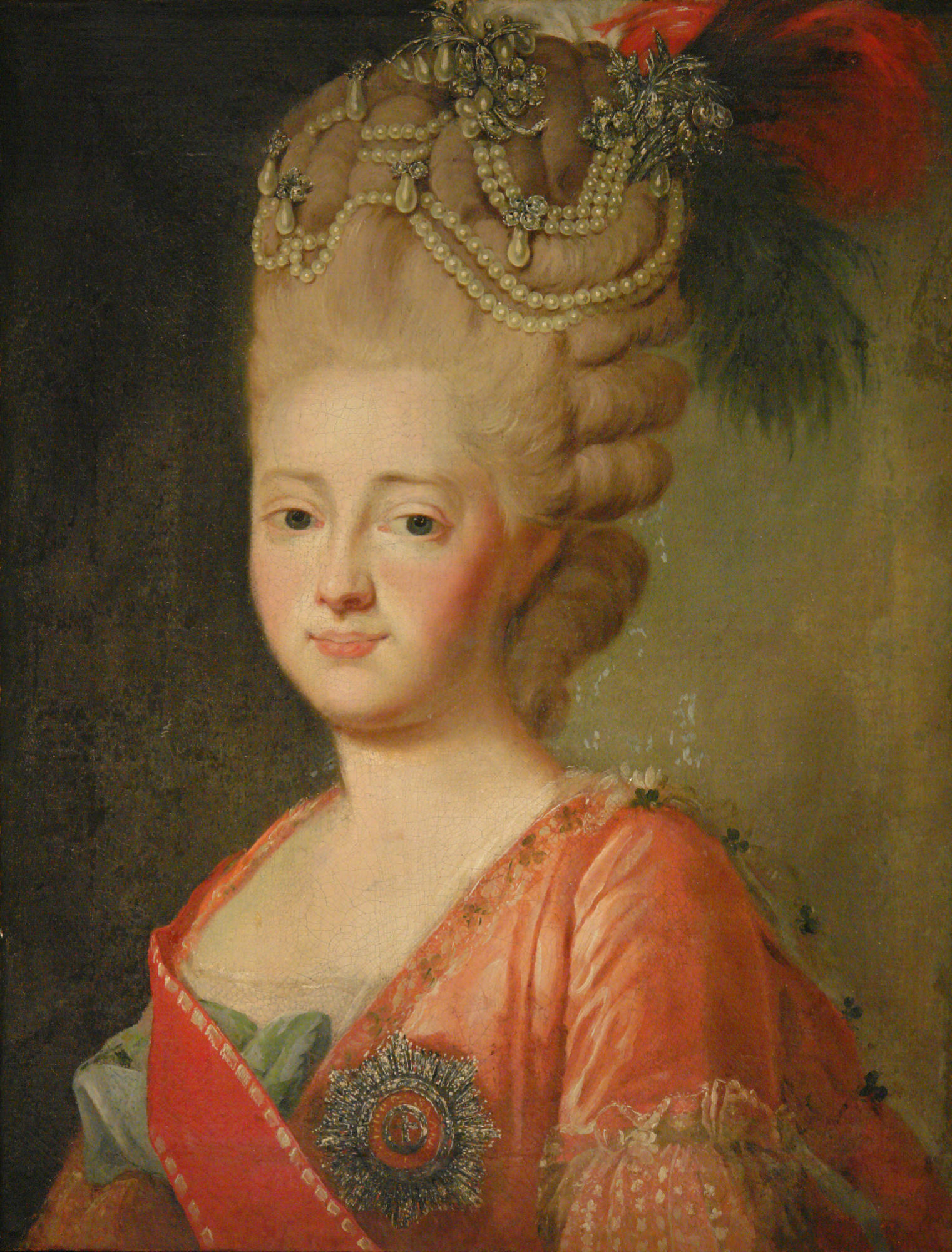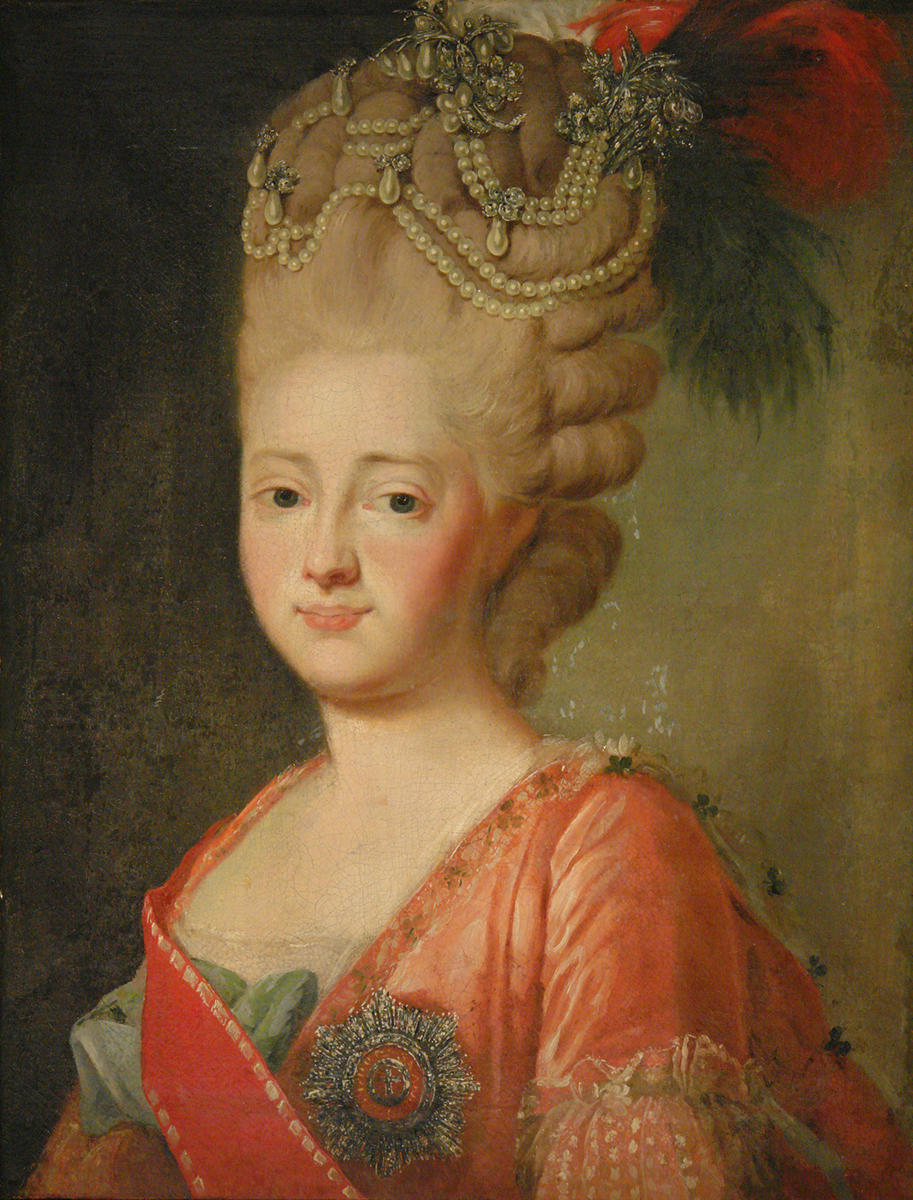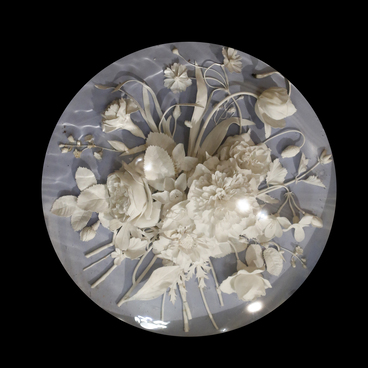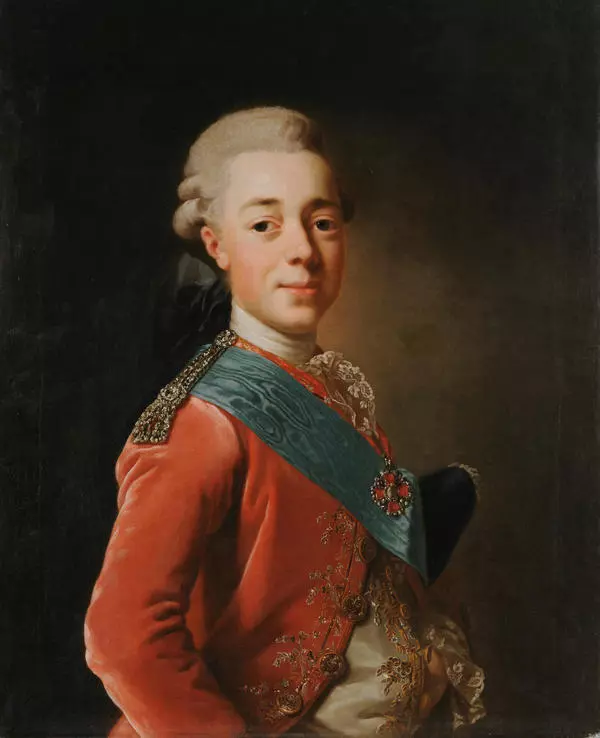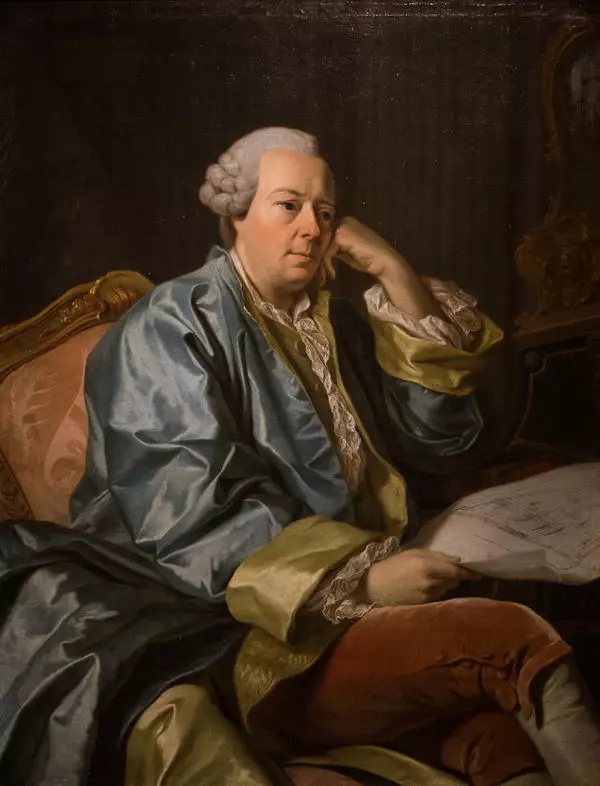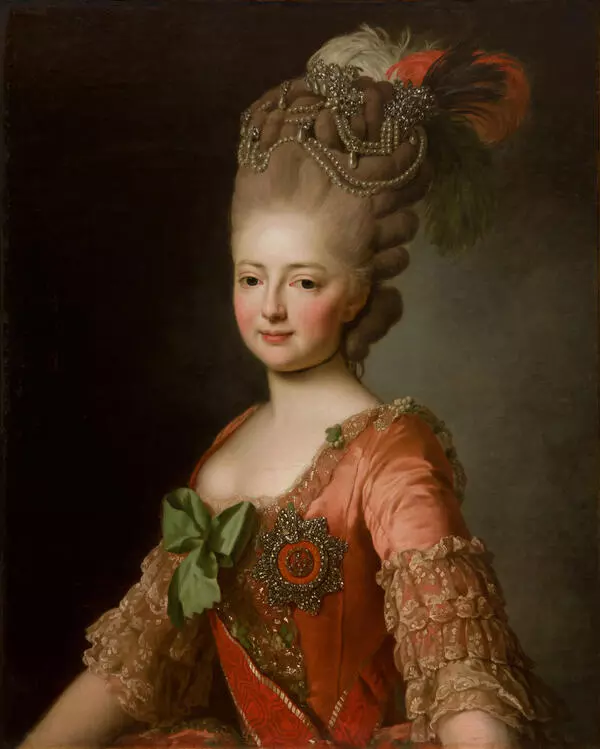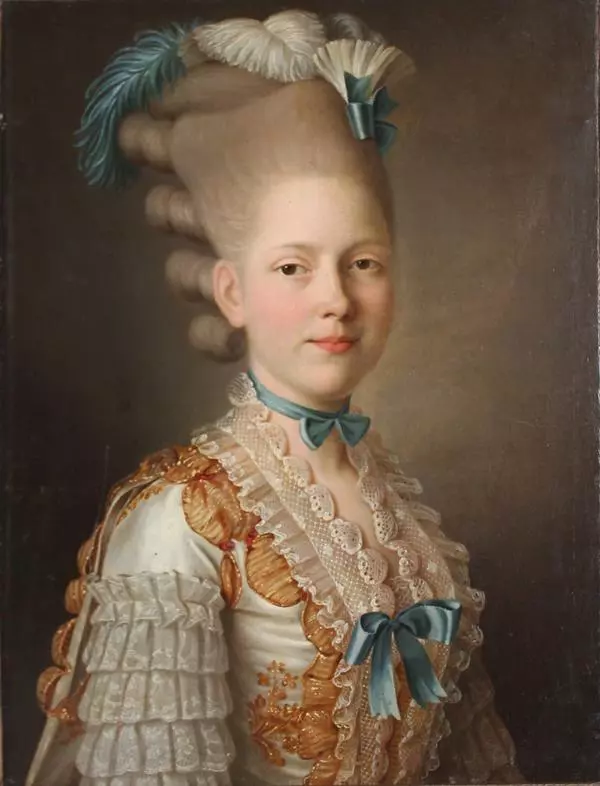The 18th century collection of Russian paintings from the Kaluga Museum of Fine Arts is a portrait gallery. This has a good reason: the eighteen century is justly called the portrait era, which is a vivid evidence of the public significance of the genre of portrait painting throughout that period of history. The 18th century collection of Russian painting includes both the works of national artists, and paintings created by foreign artists who worked in Russia. The Portrait of Grand Duchess Maria Feodorovna (1759-1828), spouse of Emperor Pavel I since 1776, was created by Alexander Roslin. He was a Swedish painter, member of Paris Royal Academy of Painting and Sculpture and Stockholm Royal Academy of Fine Arts.
In 1775, the artist was invited to Russia to paint a portrait of Empress Catherine II. In 1776, he arrived in Petersburg together with the Empress and the Royal Court, where he made the portrait of Grand Duchess Natalia Alexeyevna (1776), and the ceremonial portrait of Catherine II (1777). In the same year, he made a portrait of Grand Duchess Maria Feodorovna. The three portraits are now housed in the State Hermitage Museum collection.
Numerous replicas of the original paintings were made for the Russian nobility manour house portrait galleries. The Portrait of Grand Duchess Maria Feodorovna from Kaluga Museum of Fine Arts collection is apparently this kind of replica of the original portrait. The manner of painting suggests that the replica was created either by Alexander Roslin personally, or by his apprentice in his art studio.
Empress Maria Feodorovna was the second spouse of Emperor Pavel I, mother of Emperor Alexander I and Nikolas I. The whole system of charity institutions of the Russian Empire carried her name; it had the official name ‘Office of Institutions of Empress Maria’. The Empress was keen on arts and sculpture. She created numerous fine miniature paintings and refined cameos. She was also fond of doing glyptic, bone carving, waxwork and oil painting. Karl Lebereht, the famous portrait medallist, was her instructor.
Maria Feodorovna herself created the portraits of her children, as well as the portraits of Pavel I and Catherine II. In 1820, the Berlin Academy of Arts awarded her membership of the Academy. The portrait of Maria Feodorovna was included into the Museum collection in 1956. The Kaluga Regional Museum of Local History gave it over to the museum. Earlier, it was kept in one of the nobility manour houses in Kaluga.
